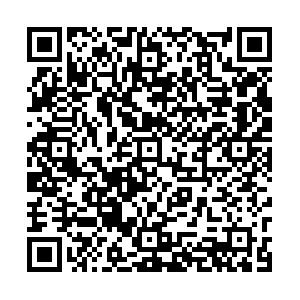-
Abstract
Deconvolution is a commonly employed technique for enhancing image quality in optical imaging methods. Unfortunately, its application in optical coherence tomography (OCT) is often hindered by sensitivity to noise, which leads to additive ringing artifacts. These artifacts considerably degrade the quality of deconvolved images, thereby limiting its effectiveness in OCT imaging. In this study, we propose a framework that integrates numerical random phase masks into the deconvolution process, effectively eliminating these artifacts and enhancing image clarity. The optimized joint operation of an iterative Richardson-Lucy deconvolution and numerical synthesis of random phase masks (RPM), termed as Deconv-RPM, enables a 2.5-fold reduction in full width at half-maximum (FWHM). We demonstrate that the Deconv-RPM method significantly enhances image clarity, allowing for the discernment of previously unresolved cellular-level details in nonkeratinized epithelial cells ex vivo and moving blood cells in vivo. -



 E-mail Alert
E-mail Alert RSS
RSS


